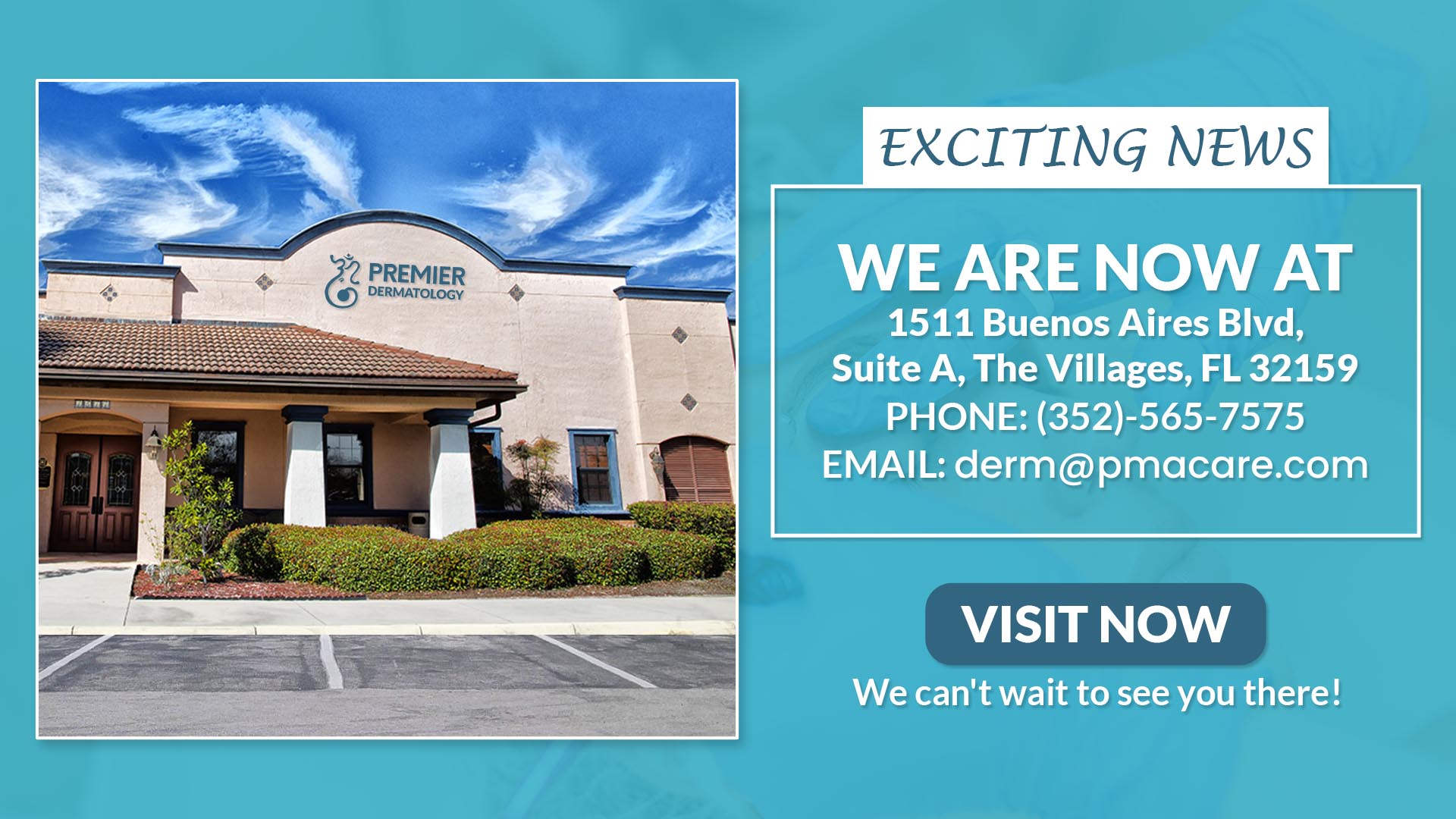Surgical procedures are a cornerstone of dermatology, used to diagnose, treat, and manage a wide range of skin conditions. From removing cancerous growths to addressing cosmetic concerns, dermatological surgeries are typically minimally invasive and performed under local anesthesia. These procedures offer effective solutions for both medical and aesthetic issues while prioritizing patient comfort and outcomes.This comprehensive guide explores the most common surgical procedures in dermatology, their applications, techniques, and what patients can expect before, during, and after surgery.
Why Are Surgical Procedures Necessary in Dermatology?
Dermatological surgeries are performed for several reasons:
- Diagnosis: To confirm the nature of suspicious skin lesions through biopsy.
- Treatment: To remove cancerous or pre-cancerous growths, cysts, or infections.
- Cosmetic Improvement: To address scars, moles, or other skin irregularities.
- Preventive Care: To remove lesions before they progress into more serious conditions.
These procedures are typically performed in an outpatient setting under local anesthesia, ensuring minimal downtime and quick recovery.
Common Surgical Procedures in Dermatology
1. Skin Biopsy
A skin biopsy is one of the most frequently performed procedures in dermatology. It involves removing a small sample of skin tissue for microscopic examination to diagnose conditions such as skin cancer, infections, inflammatory diseases, or other abnormalities.
Types of Skin Biopsies
- Shave Biopsy: A thin layer of tissue is shaved off from the surface using a scalpel. This method is ideal for superficial lesions like basal cell carcinoma (BCC) or actinic keratosis.
- Punch Biopsy: A circular tool is used to remove a deeper core of tissue that includes all layers of the skin. This is commonly used for diagnosing inflammatory conditions or deeper lesions.
- Excisional Biopsy: The entire lesion is removed along with a margin of healthy tissue. This method is often used for suspected melanomas.
- Incisional Biopsy: Only part of the lesion is removed for testing when complete removal is not feasible.
What to Expect
The procedure is quick and performed under local anesthesia. Patients may experience mild discomfort at the biopsy site, which usually heals within one to two weeks.
2. Excision Surgery
Excision surgery involves removing a lesion or growth entirely along with a margin of healthy tissue to ensure complete removal. It is commonly used for treating skin cancers like melanoma, squamous cell carcinoma (SCC), and basal cell carcinoma (BCC), as well as benign growths like cysts or lipomas.
Procedure
The dermatologist marks the lesion and administers local anesthesia. Using a scalpel, they excise the lesion along with a small amount of surrounding healthy tissue. The wound is then closed with sutures.
Applications
- Removal of cancerous tumors.
- Elimination of benign but bothersome growths.
- Preventive removal of pre-cancerous lesions like dysplastic nevi.
Recovery
Patients may experience mild swelling or tenderness at the surgical site. Stitches are typically removed within 7–14 days, depending on the location.
3. Mohs Micrographic Surgery
Mohs surgery is a highly precise technique used primarily for treating non-melanoma skin cancers such as BCC and SCC. It involves removing cancerous tissue layer by layer while examining each layer under a microscope until no cancer cells remain.
Procedure
- The visible tumor is removed along with a thin layer of surrounding tissue.
- The excised tissue is immediately examined under a microscope.
- If cancer cells are detected at the margins, additional layers are removed and analyzed.
- The process continues until no cancer cells are found.
Benefits
- High cure rates (up to 99% for certain cancers).
- Preservation of healthy tissue, making it ideal for sensitive areas like the face or hands.
- Minimal scarring due to precise removal.
Recovery
The surgical site may require stitches or reconstructive surgery if extensive tissue was removed. Healing time varies based on the size and location of the tumor.
4. Cryosurgery
Cryosurgery uses extreme cold (usually liquid nitrogen) to freeze and destroy abnormal skin cells. It is commonly used for pre-cancerous lesions like actinic keratosis, warts, seborrheic keratosis, and small basal cell carcinomas.
Procedure
Liquid nitrogen is applied directly to the lesion using a spray device or cotton swab. The freezing causes the abnormal cells to die and eventually slough off as the area heals.
Advantages
- Non-invasive and quick.
- Minimal discomfort during treatment.
- No need for stitches or significant downtime.
Recovery
The treated area may blister or scab before healing completely over one to two weeks.
5. Electrosurgery (Curettage and Electrodessication)
Electrosurgery combines scraping (curettage) with heat (electrodessication) to remove superficial skin lesions such as warts, seborrheic keratosis, and small basal cell carcinomas.
Procedure
- A curette (a sharp surgical instrument) is used to scrape away abnormal tissue.
- An electric needle delivers heat to destroy remaining cancer cells and seal blood vessels.
Applications
This method is effective for superficial lesions but not suitable for deeper tumors like melanoma.
Recovery
Patients may experience mild redness or scabbing at the treatment site, which typically resolves within two weeks.
6. Laser Surgery
Laser surgery involves using focused beams of light to treat various skin conditions with precision and minimal damage to surrounding tissues.
Applications
- Removal of vascular lesions like spider veins.
- Treatment of pigmented lesions such as age spots or sunspots.
- Resurfacing scars caused by acne or trauma.
- Elimination of warts or tattoos.
Procedure
Different types of lasers (e.g., CO2 lasers, pulsed dye lasers) are selected based on the condition being treated. The dermatologist directs laser energy at the target area to vaporize or break down abnormal cells.
Recovery
Healing time depends on the depth and extent of treatment but typically ranges from a few days to two weeks.
What Patients Can Expect Before, During, and After Dermatological Surgery
Before Surgery
- Consultation: The dermatologist discusses your medical history, examines your condition, and explains your treatment options.
- Preparation: You may be advised to stop certain medications (e.g., blood thinners) before surgery to minimize bleeding risks.
During Surgery
Most dermatological surgeries are performed under local anesthesia in an outpatient setting:
- You’ll remain awake but feel no pain in the treated area.
- Depending on the procedure’s complexity, it may take anywhere from 15 minutes to several hours.
After Surgery
- Wound Care: Follow your dermatologist’s instructions for cleaning and dressing the wound.
- Pain Management: Over-the-counter pain relievers like acetaminophen can alleviate discomfort.
- Follow-Up Appointments: Stitches may need removal within 1–2 weeks; additional visits may be required for monitoring healing progress.
Conclusion
Surgical procedures in dermatology offer effective solutions for diagnosing and treating various skin conditions while prioritizing patient comfort and cosmetic outcomes. From routine biopsies to advanced techniques like Mohs surgery and laser treatments, these procedures address everything from benign growths to life-threatening cancers with precision and care.Understanding your options empowers you to make informed decisions about your treatment journey while ensuring optimal results tailored to your unique needs! Always consult with a board-certified dermatologist who can guide you through every step—from diagnosis to recovery—ensuring your health and confidence are prioritized at all times!



